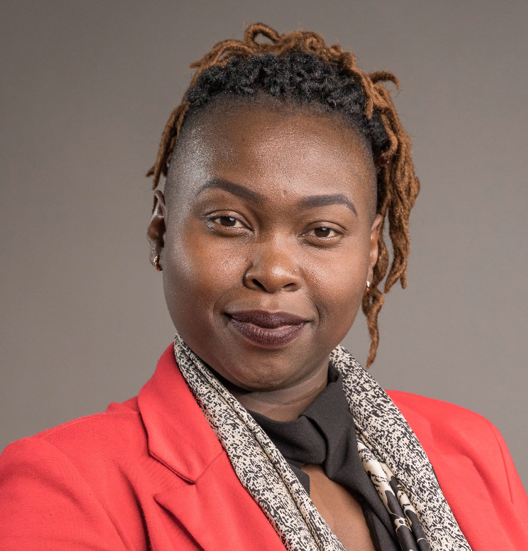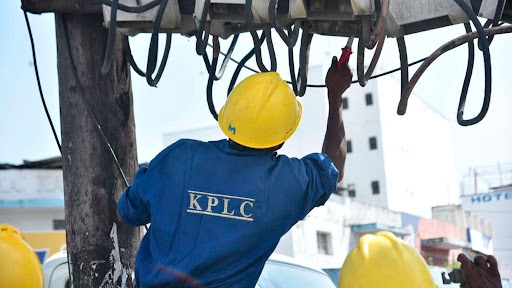
In Kenya today, nearly 800,000 women make a silent, dangerous journey each year.
According to the recently released national report by the Ministry of Health, African Population and Health Research Center (APHRC), and the Guttmacher Institute, an estimated 792,694 induced abortions occurred in 2023, equivalent to 57 abortions per 1,000 women of reproductive age.
These numbers should jolt us into action.
Behind each statistic is a woman or girl navigating misinformation, stigma,
policy ambiguity, or outright neglect by the systems meant to protect her.
What is most alarming is that while there has been a significant decline in unintended pregnancies since the last national study in 2012, over half of them still end in abortion.
This means we are failing to prevent these pregnancies, and more crucially, we are failing to provide safe pathways out for those affected.
Unsafe abortion is not just a medical concern; it is a reflection of underlying challenges in policy implementation, information sharing, and how consistently women’s health is prioritised within national systems.
Underfunding Reproductive Health
Let us begin with the numbers. Despite efforts by the Ministry of Health to improve reproductive health services, national health funding continues to fall short of the Abuja Declaration’s benchmark, which requires governments to allocate at least 15% of their national budgets to health. This limits the scale and quality of care available to women and girls. In 2022-2023, only 5.17% of Kenya’s budget went to the health docket. That figure dropped to 3.63% in 2023-2024, and is now just 3.18% in the current financial year. Most notably, funding for the free maternal care program has been slashed nearly in half, from KSh4 billion to KSh2 billion.
This chronic underfunding has left public health facilities struggling to provide even the most basic services. The recent study shows that only 18.3% of primary healthcare facilities meet the standard for basic post-abortion care (PAC), and only 24.1% of referral-level facilities provide comprehensive PAC. Yet over half of all women with abortion-related complications are treated in these very public health facilities.
What does this mean in practice? It means a woman with a life-threatening complication from an unsafe abortion may find herself in a health facility with no trained staff, no essential drugs, no privacy, and no post-care contraception or counselling. It means her pain and survival hang in the balance of a strained system.
Communication Failures and the Cost of Silence
But this crisis isn’t just about budgets. It is also a failure of communication. Many girls and women do not know where to access safe services, even when those services exist. Misinformation, stigma, and silence prevent them from seeking care until it is too late.
The study’s findings indicate more women are now presenting earlier and with mild complications, a sign that access to PAC is improving. However, this progress is fragile and uneven, especially in rural and informal settings. Continued community sensitisation is essential in promoting the uptake of contraceptive and PAC services and dismantling the stigma and myths surrounding abortion.
When conversations about reproductive health are relegated to whispers and comprehensive sexuality education is watered down, we create a vacuum where unsafe abortions thrive.
Policies exist, but survivors still struggle
The law, too, is part of the problem. Article 26(4) of the Constitution permits abortion if, in the opinion of a trained health professional, there is a need for emergency treatment, or if the health or life of the mother is in danger. Yet unclear legal frameworks, inconsistent enforcement, and fear of prosecution deter health providers from offering life-saving abortion services. Survivors of rape or defilement, many of them minors, are left with little support, and are often pushed toward unsafe, clandestine procedures.
A 2023 report by the Center for Reproductive Rights documented how some women who became pregnant through rape were criminalized or denied safe abortion care. Instead of care, they faced threats, stigma, and trauma.
Unsafe abortion is a public health emergency and a gender equality crisis. If we are serious about upholding the right to health and dignity for all, we must first increase investment in reproductive health. The government must meet its Abuja commitment and adequately fund maternal and reproductive health services, including post-abortion care.
Secondly, there is a need to strengthen primary healthcare facilities. The Ministry of Health and other stakeholders need to train providers, equip health facilities with the necessary supplies, and ensure all basic PAC services are available at the first point of contact.
Thirdly, there should be a scale-up of community sensitisation through public education campaigns. We need to normalise conversations on contraception, safe abortion (where legally permitted), and timely care-seeking.
There is a need for improved survivor-centered policies, where survivors of rape and defilement must receive timely access to emergency contraception, safe abortion care where allowed, psychosocial support, and protection from prosecution or stigma. Lastly, the government should provide clear guidelines to health providers on when and conditions under which to provide care to patients presenting with abortion complications.
Health workers should be empowered and protected to act within the bounds of the Constitution without fear, and survivors must have recourse to justice and care.
Unsafe abortion is preventable, but only if we confront it with compassion, investment, and political will. This is not just a question of health systems. It is a question of national values. Will we choose to protect our mothers, daughters, sisters, and friends, or continue to leave them behind?
Doris Omao is an Advocacy and Communication Officer at the African Population and Health Research Center (APHRC).










